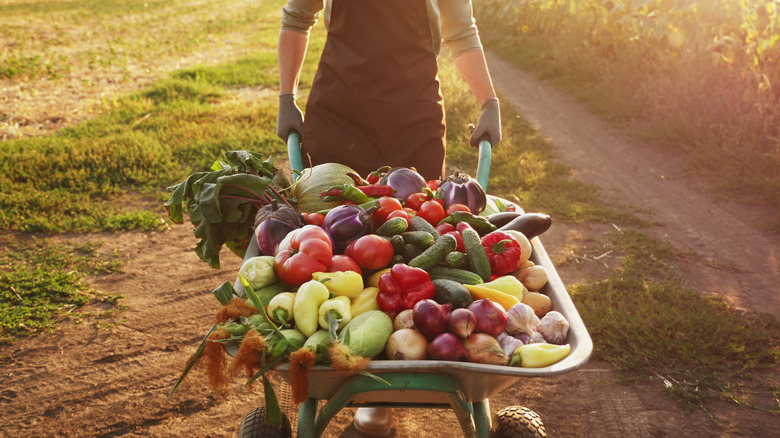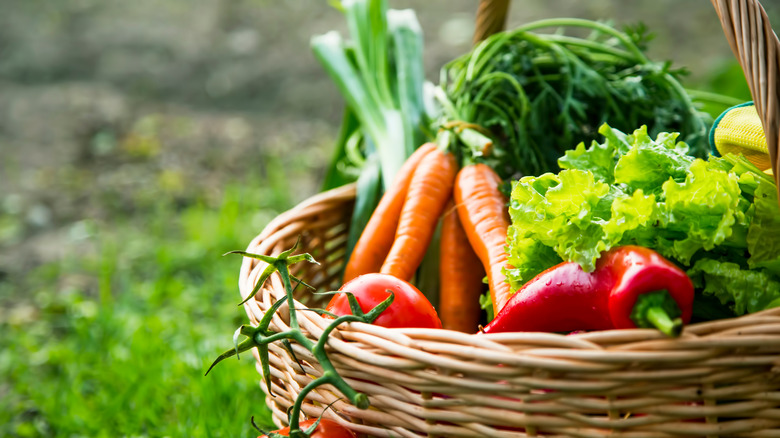What You Should Know About The Clean Fifteen
Does either the Dirty Dozen or the Clean 15 ring a bell? Grocers and nutritionists alike know these guides. At some point, we too wondered if all produce is created equal. Whether SKU codes bemuse or if you find labels perplexing, don't worry. We'll help you identify the top options on the market. What should we leave on the shelf? We'll show you all you need to know about the Clean Fifteen.
According to Fisher Scientific, pesticide sprays were discovered in the 1930s and used to protect crops. However, the effects on public health weren't seen until years later. Organizations like the EPA passed laws limiting use of chemicals on produce. Around the same time, the FDA and the U.S. Department of Agriculture began testing for harmful residues in foods. In 2004, The Environmental Working Group created the "Shopper's Guide to Pesticides in Produce." On the EWG's website, informed buyers can access a guide to know which items are most pure. Foods with the most residue (found on the EWG's Dirty Dozen list) are best to buy organic, and those with minimal pesticides are known as the EWG's Clean Fifteen.
What foods are in the Clean Fifteen?
For health-conscious eaters, quality is key. The Clean Fifteen guide is updated each year. A few of the foods you can snag on this list are pineapple, frozen peas, broccoli, asparagus, and mushrooms. A few more items you can pick up are sweet corn, kiwi, onions, and eggplant. These items were found to be safe in the non-organic, regular form. EWG toxicologist Thomas Galligan states, "We urge consumers who are concerned about their pesticide intake to consider, when possible, purchasing organically grown versions of the foods on EWG's Dirty Dozen, or conventional produce from our Clean Fifteen."
Nutrition is vital to our health. In this era where produce abounds, using shopping guides similar to the Clean Fifteen help select the finest foods for our families. Buying organic when applicable is best. Supporting local farmers who use organic growing methods is safe as well. If you're wondering which produce is the cleanest, stick to the Clean Fifteen.


